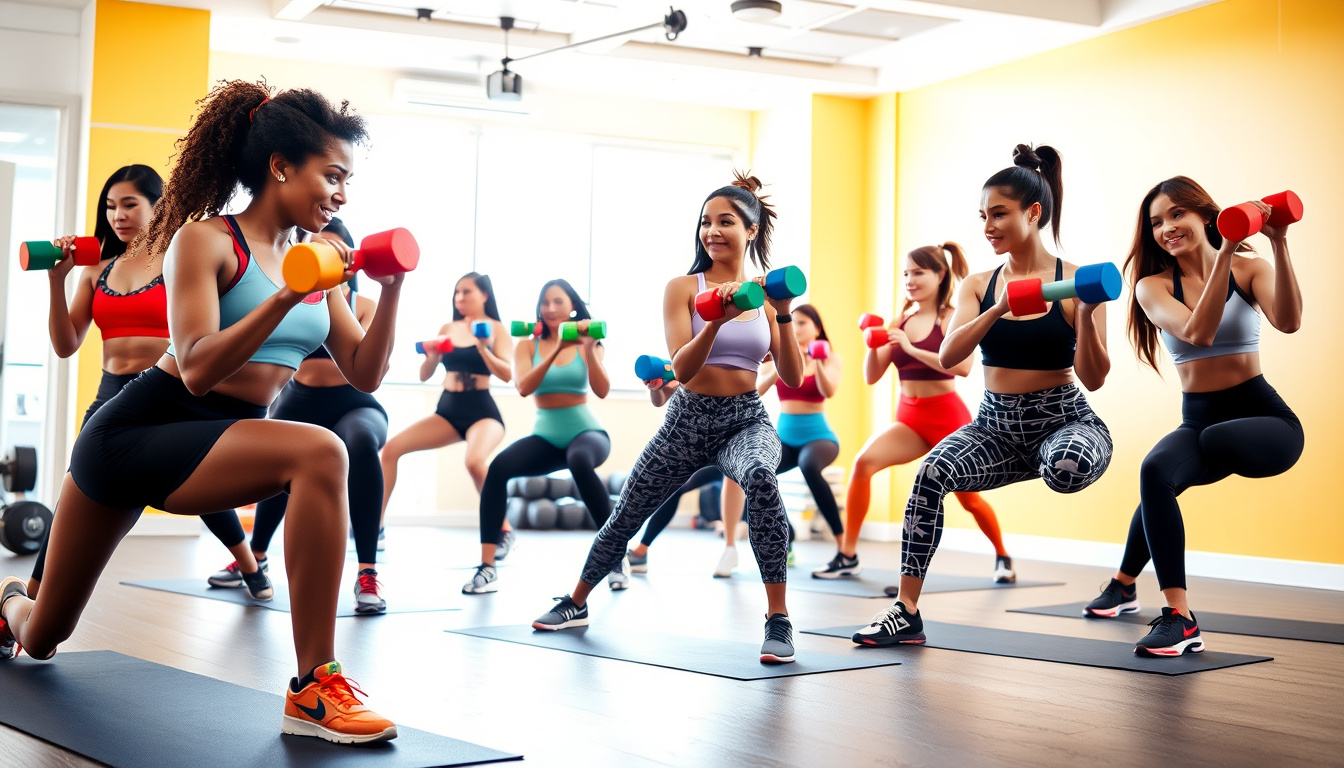Starting a new practice can feel scary. Yoga for beginners can help you improve your flexibility and find calm.
Whether you want to stretch your muscles, quiet your mind, or form a lasting routine, this guide helps you learn about yoga. With clear steps, you see how to add yoga to your day and gain its many benefits.
Why Yoga is Perfect for Beginners
Yoga comes from India. It uses body poses, breathing work, and quiet thought. It fits well for those who are new. Unlike high-impact workouts, yoga grows with you at a slow pace and attends to the mind. This makes it a good fit for every fitness level.
Benefits of Starting Yoga as a Beginner
- Better Flexibility: Soft stretches help muscles and joints move well.
- Stress Relief: Focused breathing and calm moments ease the mind.
- Stronger Body: Poses with your body weight build strength.
- Improved Posture: Paying attention to form helps you sit and stand better.
- Better Balance: Many poses boost steadiness and control.
These gains help your health and build steps toward good habits.
Getting Started with Yoga for Beginners
Before you try specific poses, use these tips for a smooth start:
1. Pick the Right Space
Find a quiet spot free from noise. Use a mat or soft floor to provide grip and joint care.
2. Wear Loose, Breathable Clothes
Choose clothing that moves with you. Comfort helps you relax into the poses.
3. Take Small Steps
Start with short sessions of 15–20 minutes. Grow the duration as your body gets used to the moves.
4. Practice Deep Breathing
Use slow belly breaths to calm your mind and help oxygen flow.
5. Respect Your Body
Do not force any move that causes pain. Work at your own pace and honor your limits.
Essential Yoga Poses for Beginners
Below are key poses to improve movement and build calm:
- Mountain Pose (Tadasana): Builds clear form and grounding.
- Child’s Pose (Balasana): A soft stretch that soothes the mind.
- Downward Dog (Adho Mukha Svanasana): Stretches legs, calves, and shoulders.
- Cat-Cow Pose (Marjaryasana-Bitilasana): Frees the spine and eases tension.
- Bridge Pose (Setu Bandhasana): Opens the chest and works the back.
- Seated Forward Fold (Paschimottanasana): Stretches legs and the spine.
- Legs-Up-The-Wall Pose (Viparita Karani): Brings calm and helps tired legs.
Hold each pose for 3–5 slow breaths. Keep close focus on your form and breath.
Developing a Consistent Yoga Routine
Regular practice brings change. Try this simple plan:
Sample Beginner Yoga Routine
- Warm-up (2–3 minutes): Do neck rolls and shoulder circles.
- Main Sequence (15 minutes): Use the key poses listed above.
- Cool-down (2–3 minutes): Rest in Child’s Pose and finish with slow, deep breaths.
Practice 3–4 sessions each week. Increase time and challenge as you feel ready. You can use online videos, apps, or local classes for help and support.
Overcoming Common Challenges
Many new learners face stiff muscles, busy days, or low drive. Here is help for each:
- Stiff Muscles: Be patient. Flexibility grows with regular, gentle movement.
- Busy Days: Even short sessions of 10–15 minutes pay off.
- Low Drive: Find a friend or class partner and set real, clear goals.
Keep at it and enjoy each step.
Incorporating Yoga into Daily Life
Yoga goes beyond physical poses. Here are some ways to make it part of every day:
- Use mindful breathing during daily tasks.
- Hold brief moments of calm at the start or end of your day.
- Do a few stretches when you sit for long periods.
- Stay aware of your form as you work or relax.
Small, steady acts can add much to both health and calm over time.
FAQs: Yoga for Beginners
Q1: How often should I try yoga as a beginner?
A: Try at least 3 sessions per week. Increase your time as you feel more at ease.
Q2: Can yoga improve flexibility fast?
A: Yes, with regular practice, many notice more flexibility in a few weeks.
Q3: Which type of yoga is best for calm?
A: Gentle classes such as Hatha, Yin, or Restorative work best for a calming session.
Conclusion: Embrace the Journey of Yoga
Yoga for beginners is a chance to boost flexibility, quiet the mind, and care for overall health. By starting with simple poses, focusing on your breathing, and staying steady in your practice, you gain deep rewards for your body and mind. Remember, yoga is not about perfect moves but about steady care and patient growth.
If you are ready to start this rewarding path, take the first step today. Try a local class, follow online lessons, or build your own practice at home. Let yoga become part of your daily life and help you grow in health, calm, and joy.
Begin your yoga journey now — your body and mind will thank you!




